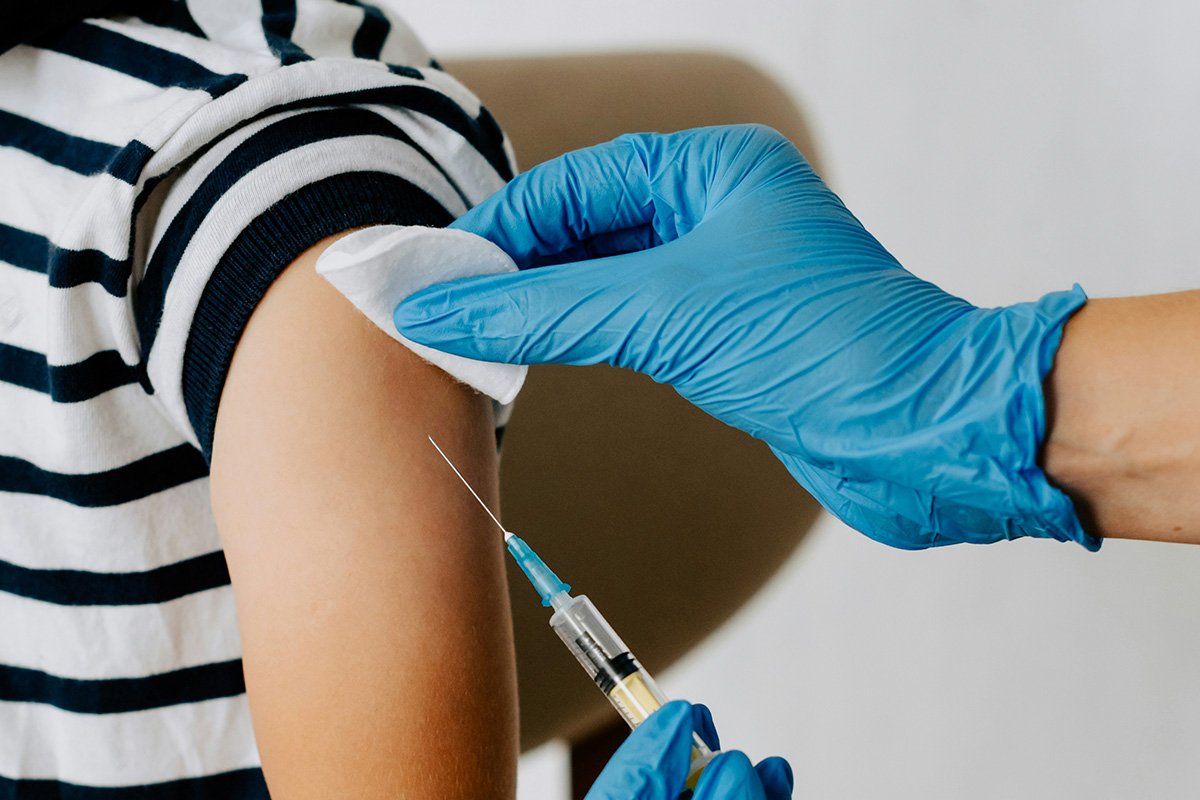
April 6, 2020; Philadelphia Inquirer
Confinement places domestic violence survivors at a greater risk from abusers, leaving governments, emergency responders, and courts struggling to respond in a timely manner. Nonprofits have had to adapt quickly and provide much needed alternatives to victims and local services providers in this unique time of crisis.
According to the New York Times, domestic violence is on the rise worldwide during the #StayHome campaign set to fight the coronavirus pandemic. In China, reports of domestic violence nearly doubled in specific cities during the lockdown. Statistics in the US are still coming in, but service providers quickly realized that COVID-19, much like during natural disasters, would greatly impact domestic violence survivors’ access to services and their ability to reach out when in need. Stay-home directives can trap victims and children inside their homes with abusive partners, in an already stress-prone situation.
Nonprofits like the National Network to End Domestic Violence (NNEDV), Futures Without Violence (FWV), and Alliance for Hope International, with decades of experience in rapid response strategies, have quickly partnered with local, national, and territorial coalitions to provide the critical resources needed. These have included but are not limited to:
Resources to identify volatile scenarios: Services providers and survivors need to identify different scenarios of how abusive partners could take advantage of “social distancing” directives to exert control. From withholding necessary items, to manipulating information, or preventing their partners to seek medical attention, abusive partners “can escalate isolation tactics.”
NNEDV recommends creating a safety plan and forming a wider network of friends, neighbors, and family to reach out for help. FWV has provided access to Bay Area’s Transformative Justice Collective’s “pod mapping” worksheet to help survivors identify and create communal relationships to stay safe.
Expanded access to hotline services: Futures for Violence has provided an extensive list of resources and information for survivors, communities, and programs with alternative ways to access confidential hotline services, including via phone, chat, video, and text. These hotlines have become more critical now that most walk-in services are no longer available. These include hotline numbers for Native, trans, and deaf/blind disabled populations who might need culturally appropriate or specialized attention with operators from their own communities.
Sign up for our free newsletters
Subscribe to NPQ's newsletters to have our top stories delivered directly to your inbox.
By signing up, you agree to our privacy policy and terms of use, and to receive messages from NPQ and our partners.
Resources for domestic violence advocacy organizations: Shelters and local organizations face their own challenges in adapting their emergency protection services. Although they are considered essential services, shelters might not have space available or need to isolate people who present COVID-like symptoms. Resources for service organizations include advice from how to prevent and manage the spread of coronavirus in shelters, to legal guidance on confidentiality issues, to disaster planning emergency plans and assessing potential risks and worst-case scenarios.
NNEDV has also provided resources to include guides on the use of technology to communicate with survivors during the health crisis and considerations to keep in mind when assessing access and capacity. Many of these resources are available in both English and Spanish, and include key documentation such as learning how to obtain digital consent from survivors.
Advocacy for legal services and Congressional support: Finally, because the work of health services providers never seems to end, national organizations have been lobbying Congress and state officials to make sure domestic violence prevention and services are included in current and future COVID-response legislation.
The CARES Act, according to NNEDV, does include $4 billion for Emergency Solutions Grants and housing resources available to survivors, as well as $2 million for the National Domestic Violence, however, advocates have identified gaps in much-needed protection to survivors and their children. The COVID health crisis has forced many shelters to move survivors to hotels and other temporary shelters to prevent widespread contagion, therefore, local financial assistance needs to be part of any stimulus package.
Courts have also had to quickly adapt to the crisis, by extending temporary orders of protection, or operate remotely and provide people with the opportunity to file applications via email.
For many, staying home can quickly become the most dangerous situation; it requires a multi-layered approach that only a network of nonprofits with decades of experience in domestic violence prevention and attention can provide.
As today’s feature states, the great value of belonging to a network is being illustrated now, in real time—and as always, we will get out of those networks what we put in.—Sofia Jarrin-Thomas











